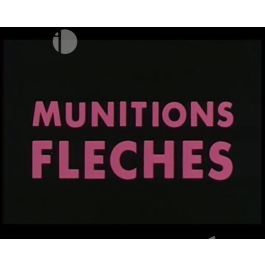
great documentary showing full(almost) process of creating rod from mix of metal powders to final assembly of a dart
This is a sample guest message. Register a free account today to become a member! Once signed in, you'll be able to participate on this site by adding your own topics and posts, as well as connect with other members through your own private inbox!